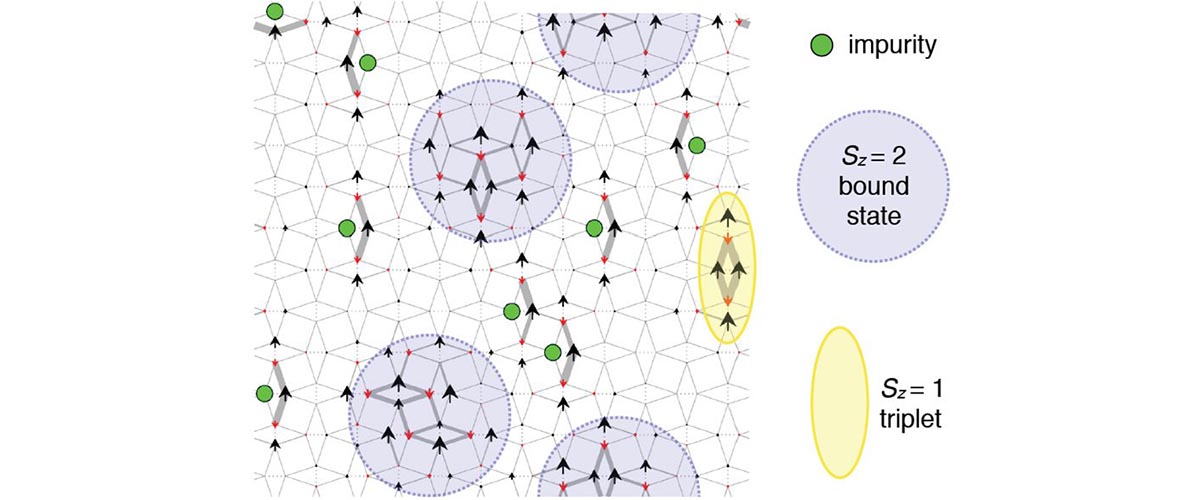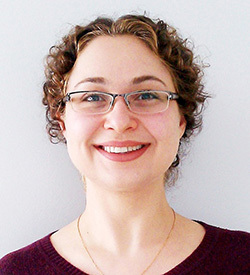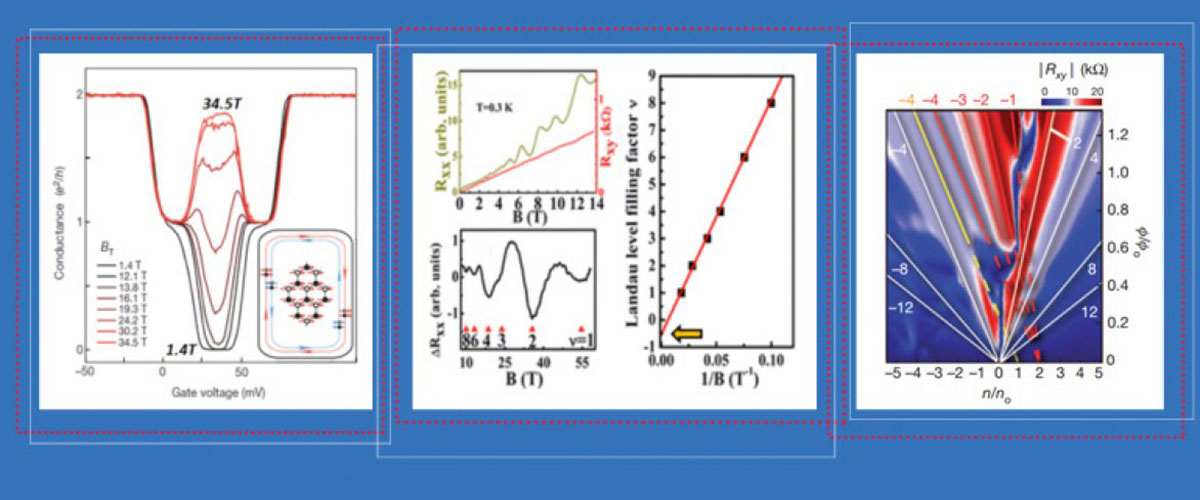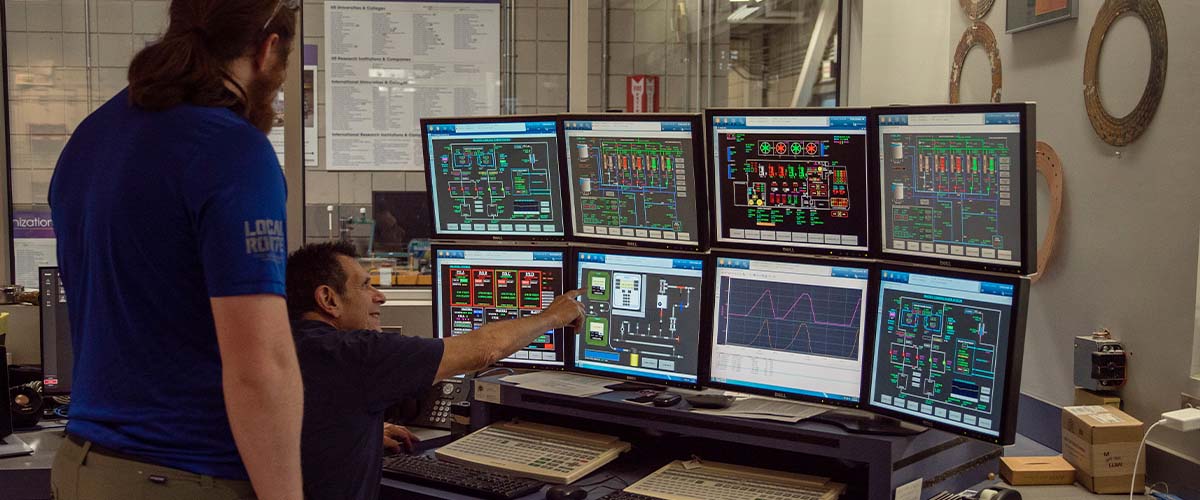Physicists test different materials in their hunt for new quantum behaviors. Duke University physicist Sara Haravifard, for example, has been studying a crystal made with strontium, copper, boron and oxygen (SrCu2(BO3)2). She tests it using various scenarios. She might make it really cold, say, or put it inside a high magnetic field or under high pressure. Or she might swap out some of the atoms. Every tweak could be the portal to a new discovery — maybe even a totally unexpected behavior.
That’s what happened to Haravifard and her team when they studied their crystals in high fields (up to 60 teslas) at the National High Magnetic Field Laboratory. They chose to study this particular crystal because it features a copper/oxygen layer found in many known superconductors. These materials are a hot topic in physics because they conduct electricity with no resistance and could one day be developed into revolutionary technologies. Theory predicts that SrCu2(BO3)2 should become superconducting under the right conditions.
But in pursuit of superconductivity, Haravifard and her team made an unexpected discovery.
In their initial experiment, they tried to generate superconductivity in the crystal by substituting a small percentage of copper atoms with magnesium, a process called doping. This changed the number and location of electrons in the crystal lattice, as well as the number and location of so-called "holes," which are spots where an electron had been but is currently vacant. Then her team put the material in a powerful magnet to see how field strength affected it (the team also played with temperature and pressure variables).
As expected, the scientists did observe a change. But the type and extent of that change took them by surprise.
The holes in the copper layer paired up in twos: The behavior of one dictated the behavior of the second. This happened at regular intervals throughout the material, resulting in a kind of “super lattice” pattern on top of the underlying crystal lattice of the compound.
That was amazing enough, especially given the very low concentration of the doping, Haravifard said. But in addition, the hole-based super lattice influenced the electrons in the system, causing them to pair off themselves and form their own repeating pattern across the material, a secondary super lattice.
These behaviors emerged under the influence of a high magnetic field. "If you didn't have access to high magnetic fields, you would never discover these things," Haravifard said. The group’s findings indicated, she added, that if you were to continue to raise the magnetic field above 60 teslas, you would reach a point where this coupling breaks. Keep raising the field, though, and the holes and electrons will again pair up into entirely new, correlated configurations and patterns.
"You start doing research," she said, "and you figure out there is a whole new world out there that you just opened a door to."
Story by Kristen Coyne







